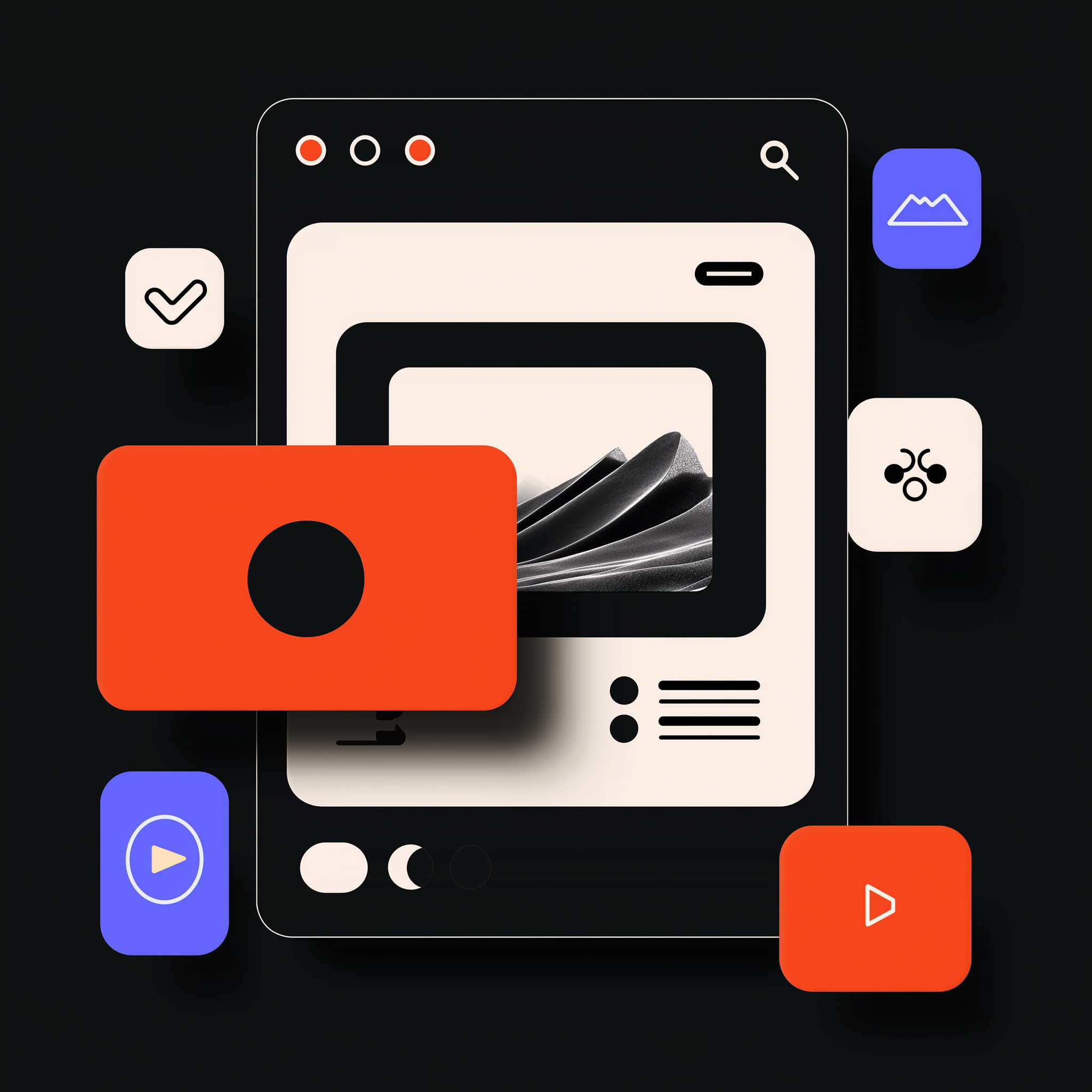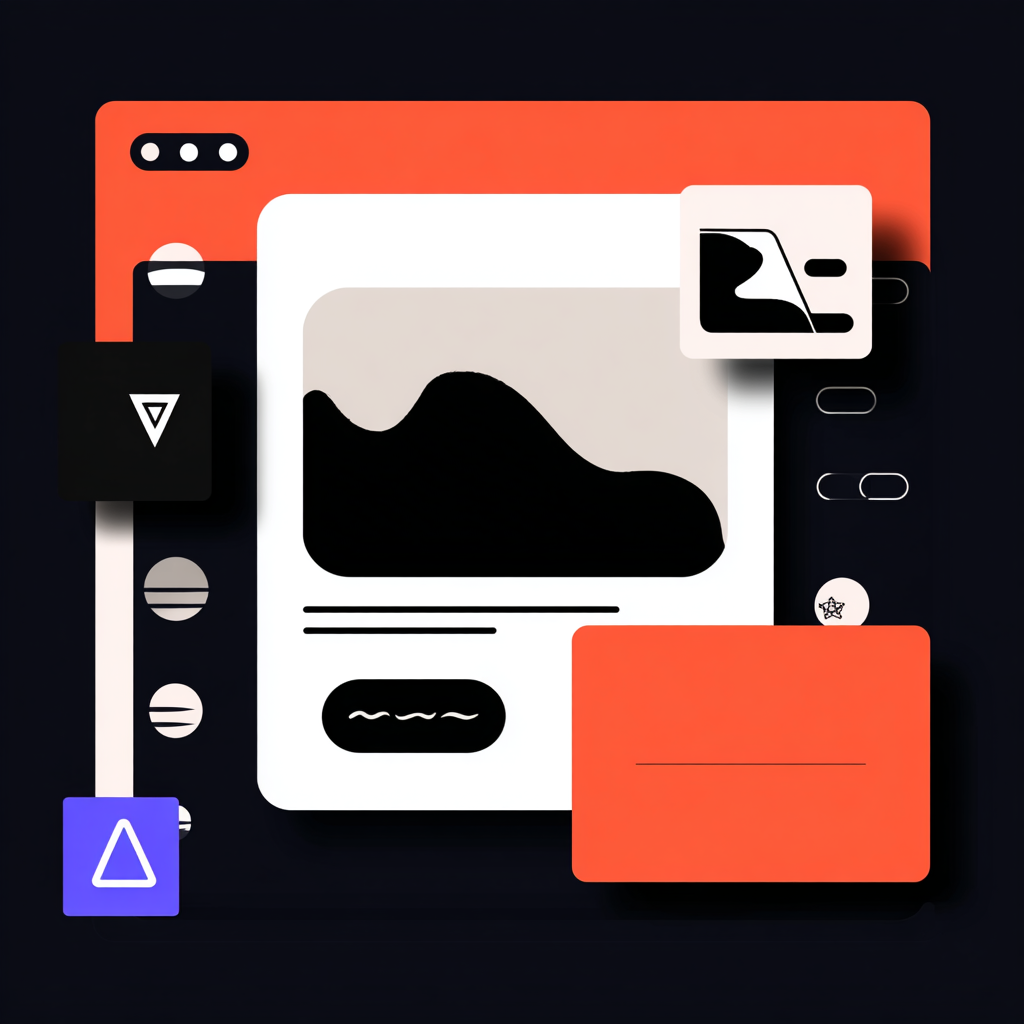Headless Webflow: Using the CMS API with Next.js & Node (2025)
Combine Webflow’s visual editor with the flexibility of a headless front-end. Learn auth, ISR caching, and webhook revalidation.

Published July 2025 • 12 min read
Why go headless?
Webflow powers the CMS & marketing pages, while Next.js handles PWA features, advanced auth, and 100 Lighthouse PWA scores. The 2025 GraphQL API release makes querying painless.
1 — Generate an API token
Site Settings → Integrations → Generate Token (read-only scope). Save value WEBFLOW_TOKEN.
2 — Create GraphQL query
query Posts {
BlogPosts {
items {
_id
name
slug
blogPostExcerpt
publishedOn
}
}
}
3 — Next.js 13 route handler
export async function GET() {
const res = await fetch('https://graphql.webflow.com/', {
method: 'POST',
headers: {
'Content-Type': 'application/json',
Authorization: `Bearer ${process.env.WEBFLOW_TOKEN}`
},
body: JSON.stringify({ query })
});
return Response.json(await res.json());
}
4 — Incremental Static Regeneration
Add revalidate: 60 to generateStaticParams. Trigger /revalidate route from Webflow Site Publish webhook.
5 — Rich-text rendering
Use react-webflow-rich-text library to convert marks & links.
6 — Image optimization
Pass CMS image URLs to <Image> component; Next Image handles CDN optimisation since assets are on Webflow’s Fastly edge.
7 — Preview mode
Create server action that fetches draft items with accept-version: draft header and sets draftKey cookie.
Conclusion
Headless doesn’t mean ditching Webflow—it means using it where it shines (editing, hosting assets) and extending with React super-powers.
Subscribe to our weekly newsletter
Lorem ipsum dolor sit amet consectetur mi urna tellus dignissim duis at in tempor mauris morbi fermentum dolor lobortis aliquam maecenas.



